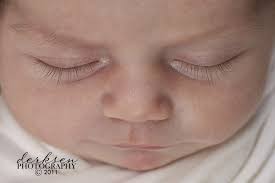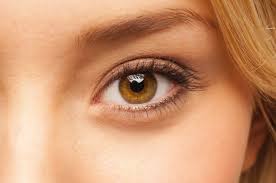Today in media, we learnt about
The Horror Cycle and the
impact of social and psychological forces.
Starting off in 1930's this was when the Monsters,Werewolves and Frankenstein like characters were introduced, which had a major effect on the audience in that time, due to them never have seen a so called 'Horror' they were soon introduced to them. This was the start of the horrors. For example, the film Nosferatu which was released in 1922 which was slightly earlier, however its a great representation of the beginning of Horrors. Taking this iconic scene from the film, of Count Orlok climbing up the stair case. This is significant due to the fact that you dont physically see his body, you only get to see his shadow. As well as this the film is set in a house at this particular time, so this would have scared the audience even more, due to the realisation that these so called monsters and vampires can intrude into your home you look at as a safety barrier. Even to this day, many would agree that once you close your front door, that closure acts as a comfort, making you think that none of them monsters or any creature can harm you. As well as children hiding under their duvets, expecting that to act as a barrier. However after this film, many people begun to question this.

Moving onto the 1940/1950's this was when the commonly known 'Dracula' was introduced, which was fairly similar to the film i mentioned above. Dracula put the message across to the audience to not trust everyone you meet, they may come across kind however many have a nasty streak in them. Moving onto the 1950's this was when sci-fi/ horror came together (Hybridisation). This included UFO's which would of made the audience question the planet, and what it really in tells. As well as this it would of made the film makers produce this image of what Aliens look like.
1960's was the 'Sycho' Era, this film was also another film that has made the audience question the amount of safety that there homes produce. Due to a scene being filmed in the bathroom, whilst shes having a shower, this is seen as many peoples 'alone time' and relaxation time, however after this film this relax time was forever intruded.
The 1970's was the Slasher films, such as Driller Killer, Texas Chainsaw Massacre, Hitcher. They were called 'Slashers' due to them being a sub genre of thriller and horror film, typically involving a psychopathic killer stalking and murdering a sequence of victims in a graphically violent manner.
Moving into the psychological films, that when produced made the audience feel very on edge and especially The Nightmare On Elm St, this frightened many viewers, as well as this many couldn't sleep days after, this was clear the film makers the psychological affect it had on the audience.
Lastly was the Teen Horrors in 1990's such as scream, this included comedy aswell as the horror/thriller aspects. However the film Prom Night had many aspects in it, including a stalker, gore and many more aspects you would see in a Horror Film.
From all of this i have learnt the way in which the horror cycle has evolved over many years.





